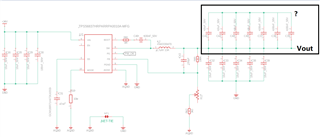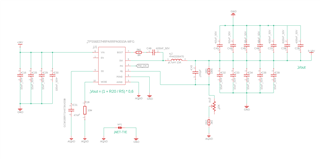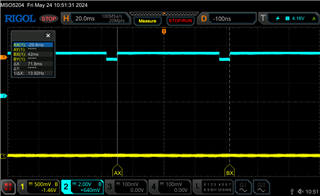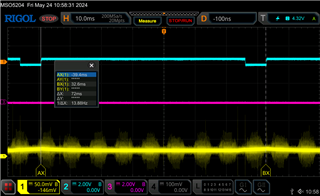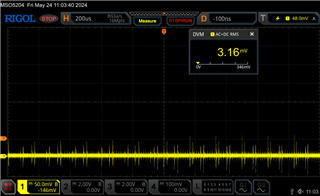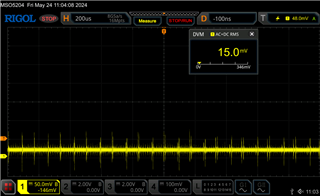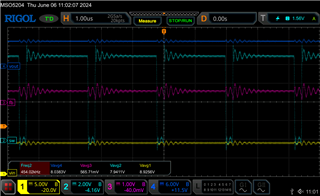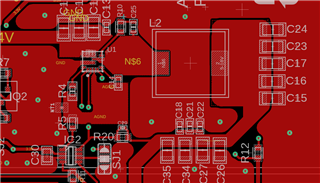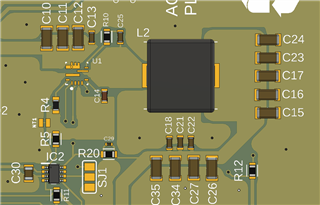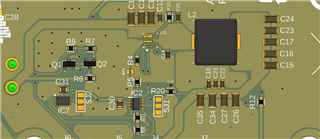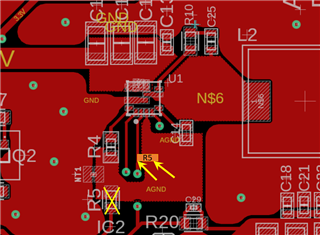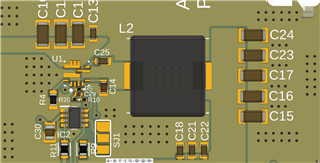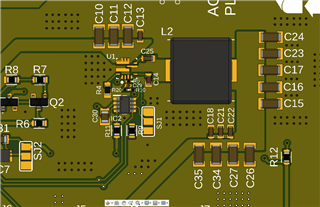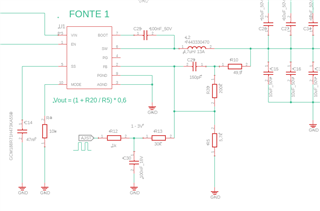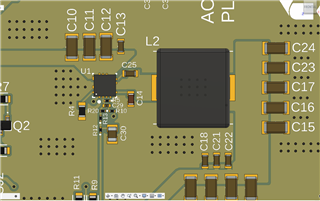Good afternoon, I made a circuit using the CI texas TPS56837H for testing and evaluation, but I couldn't get the IC to work properly as expected. when feeding the IC with a low voltage (6 to 10 V) the output is activated and regulated, but with a higher voltage it stops working and burns, does not short circuit, but ends up stopping and no longer returning to "life". I put a potentiometer in the circuit to be able to adjust the output voltage but I don't know if this is possible with the circuit in operation. I need help as I have already damaged 3 CI's. I'll leave the schematic of the circuit. Thanks in advance for the help and I'm sorry for my English which is not very good.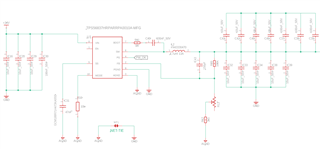
-
Ask a related question
What is a related question?A related question is a question created from another question. When the related question is created, it will be automatically linked to the original question.


